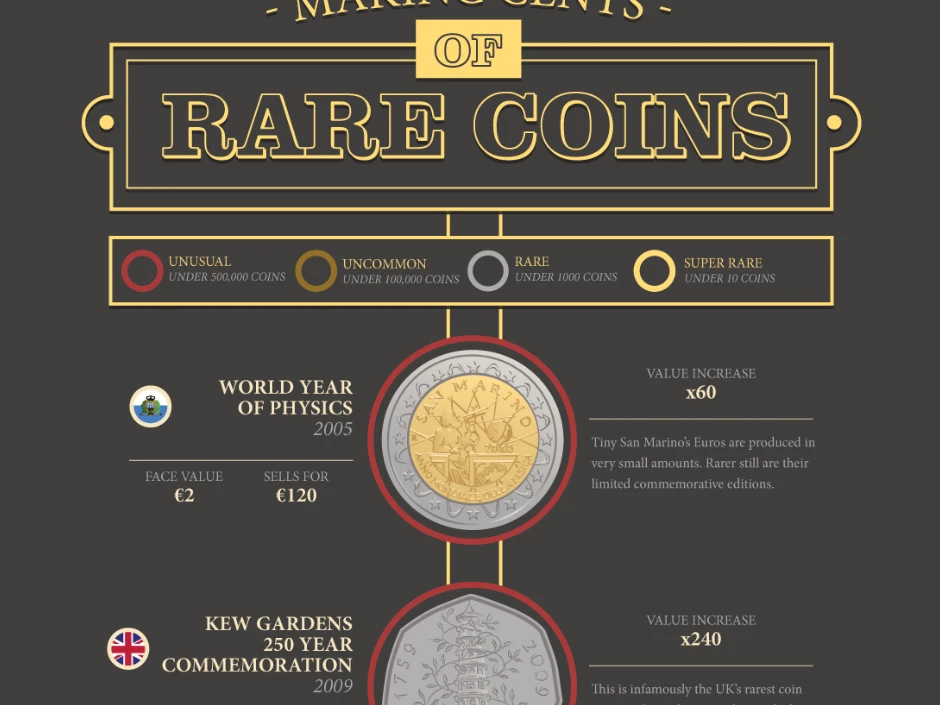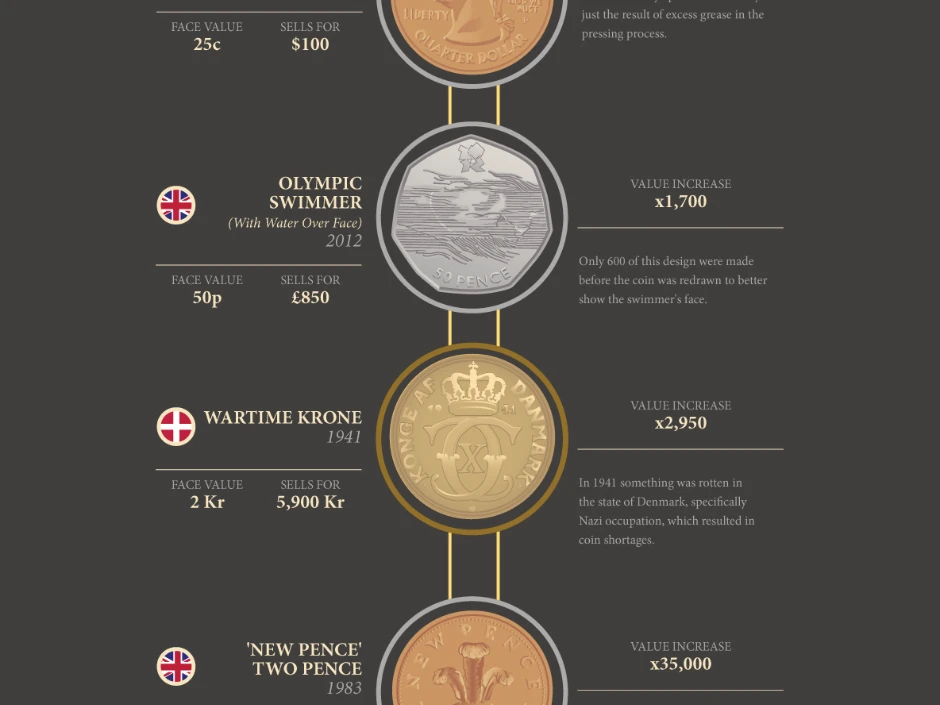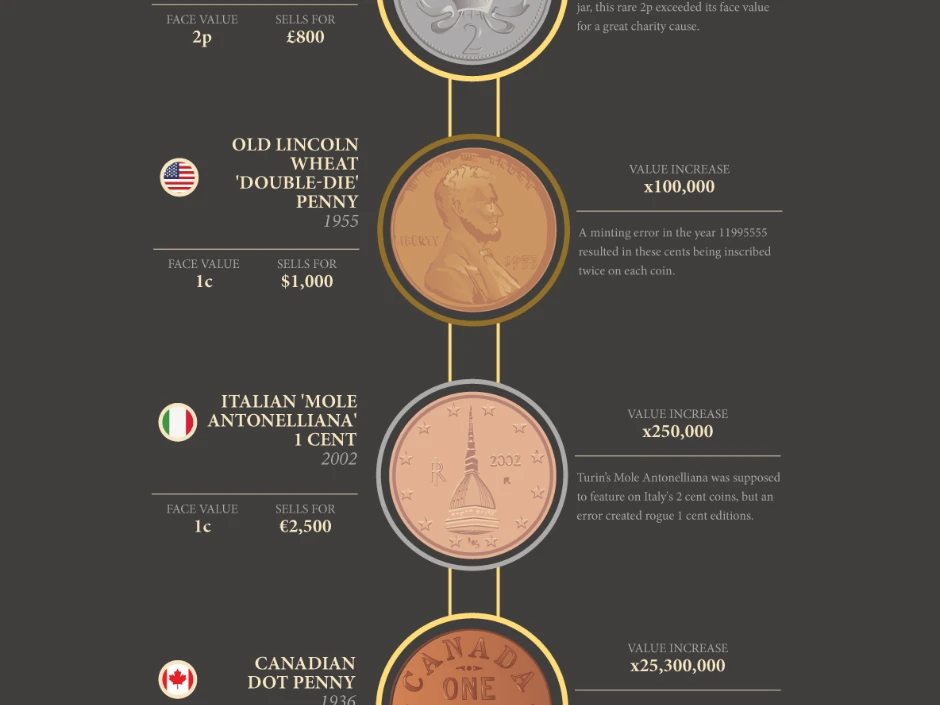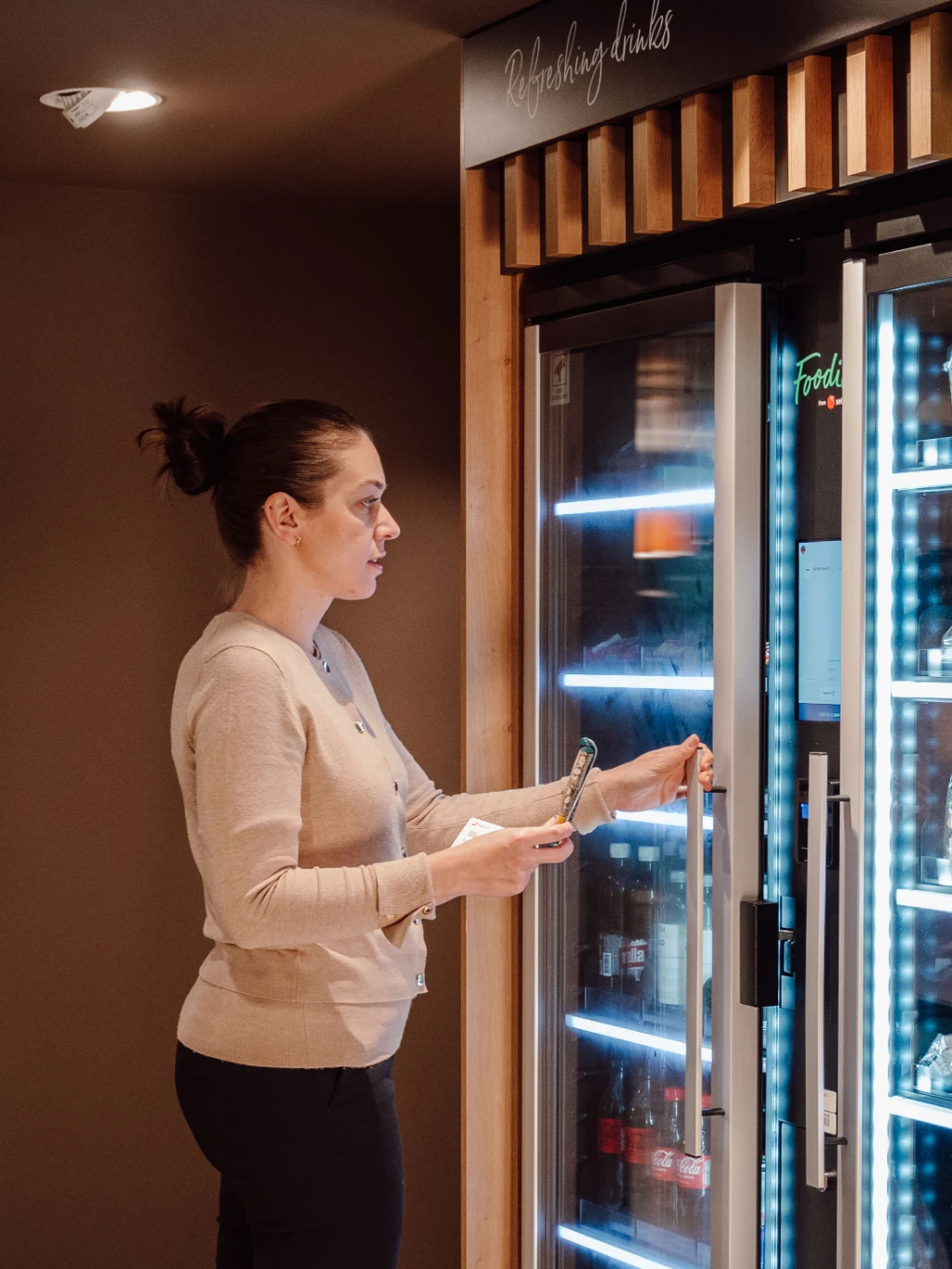
Making Cents of Rare Coins
Those intentionally made in small amounts- like the 250th anniversary commemoration of Kew Gardens 50p, which is well known in the coin-collecting community as the rarest British coin in general circulation.
Those that come about because of a minting error- for example the Kansas State quarter, of which a small quantity were produced with the unfortunate text: ‘In God We Rust’.
It’s not always true that the less common-place a coin is, the more valuable it will be at auction. Any coin with an interesting story, or unusual quirk can do well. All you really need to know is what to look out for.
Fortunately for your future fortune, Selecta’s research team have produced the following guide that you can use whether you’re home or abroad:



Ch-ch-ch-changes are afoot. In 2017 the Royal Mint will introduce a new twelve-sided one pound coin to wallets, pockets, purses, and gaps between sofa cushions across Britain. Not only is this a victory for Her Majesty’s Treasury, who can clamp down on the estimated £50 million counterfeit £1 coins currently in circulation, but it’s also a win for budding coin enthusiasts too.
Find a penny, pick it up, and then double check it against this handy chart. You never know your luck.
This article was originally published in 2016.


